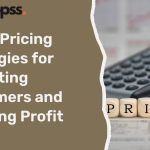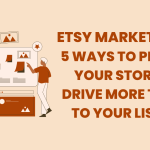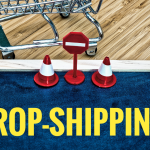In the world of ecommerce, finding your niche is one of the most important steps you can take toward building a successful business. With so much competition out there, it’s essential to stand out from the crowd and provide value to your customers. In this article, we’ll explore the importance of finding your niche in the ecommerce world.
1. Differentiation from competitors
One of the key benefits of finding your niche is that it allows you to differentiate yourself from your competitors. By focusing on a specific product or service category, you can position yourself as an expert and provide unique value to your customers. This can help you stand out in a crowded market and attract loyal customers.
2. Targeted marketing
Another benefit of finding your niche is that it allows you to target your marketing efforts more effectively. By understanding your target audience and their specific needs and interests, you can create targeted campaigns that speak directly to them. This can help you increase your conversion rates and drive more sales.
3. Increased profitability
Finding your niche can also increase your profitability. By specializing in a particular product or service category, you can streamline your operations and reduce your overhead costs. This can help you increase your profit margins and grow your business over time.
4. Customer loyalty
When you find your niche and provide unique value to your customers, you can create a loyal customer base. This can help you increase customer retention and drive repeat sales over time. By focusing on building long-term relationships with your customers, you can create a sustainable business model.
5. Future growth
Finally, finding your niche can set you up for future growth. By starting small and focusing on a specific product or service category, you can gradually expand your offerings over time. This can help you grow your business organically and avoid overextending yourself too quickly.
In conclusion, finding your niche is essential to building a successful ecommerce business. By differentiating yourself from your competitors, targeting your marketing efforts, increasing your profitability, building customer loyalty, and setting yourself up for future growth, you can create a sustainable and profitable business model. If you’re starting an ecommerce business, take the time to find your niche and position yourself for success.













